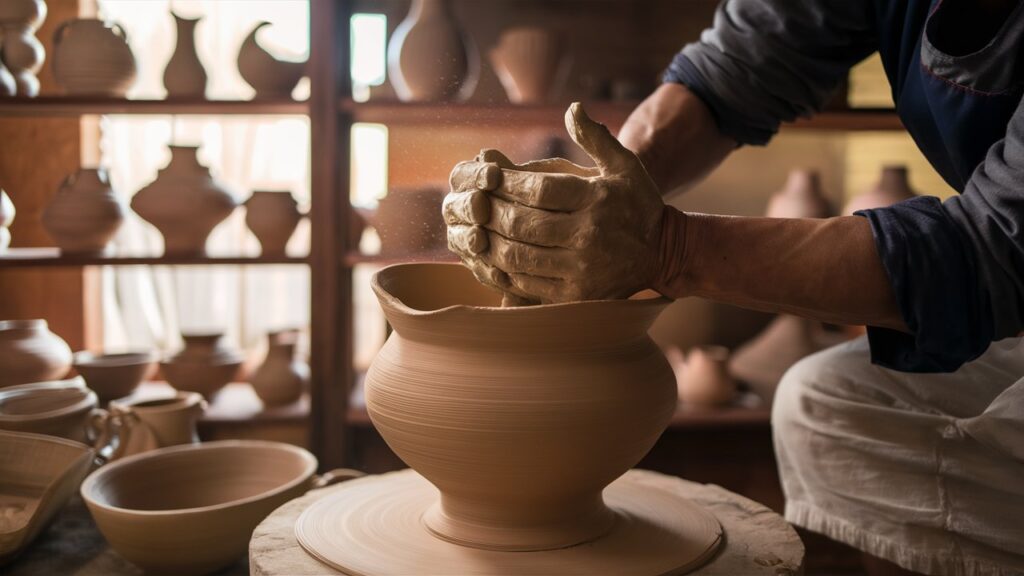Introduction
In an era dominated by rapid technological advancements and instant gratification, there’s a growing movement to revisit “the old way” of doing things. From handcrafted goods to time-honored agricultural practices, traditional methods are experiencing a resurgence. This article explores why these age-old techniques still matter, how they’re being adapted today, and what we can learn from them. We’ll delve into their historical roots, practical applications, and the challenges they face in a fast-paced world. Whether you’re a nostalgia enthusiast or a curious modernist, understanding “the old way” offers valuable insights into sustainability, craftsmanship, and cultural preservation.
The Allure of the Old Way
The appeal of traditional methods lies in their simplicity, durability, and connection to heritage. Before industrialization, skills like blacksmithing, weaving, and woodworking were passed down through generations, ensuring quality and longevity. These practices prioritized human ingenuity over mass production, fostering a deep respect for materials and processes. Today, as consumers grow weary of disposable culture, the old way symbolizes authenticity. People crave products and experiences that tell a story—whether it’s a hand-stitched quilt or a sourdough starter nurtured for decades. This shift isn’t just about nostalgia; it’s a rejection of homogenization and a search for meaning in everyday life.
Key Principles of Traditional Methods
Traditional methods are rooted in several core principles: craftsmanship, sustainability, community, and mindfulness. Craftsmanship emphasizes mastery of skill, where artisans dedicate years to perfecting their trade. Sustainability is inherent in practices like crop rotation or repurposing materials, which minimize waste long before “eco-friendly” became a buzzword. Community plays a central role, as knowledge is shared orally and collaboratively—think barn-raising or communal harvests. Finally, mindfulness is woven into every action, whether kneading dough or carving wood, requiring patience and presence. These principles contrast sharply with modern efficiency-driven models, offering a blueprint for balancing progress with preservation.
The Old Way in Modern Context
While traditional methods may seem outdated, many are being reimagined for contemporary challenges. For example, organic farming revives ancient agricultural techniques to combat soil degradation, while slow fashion brands use handloom weaving to counter fast fashion’s environmental toll. Even technology isn’t immune: the “maker movement” blends analog tools like lathes with 3D printing, proving innovation and tradition can coexist. Educational programs now teach blacksmithing and herbal medicine alongside coding, recognizing the value of diverse skill sets. However, integrating the old way into modern life isn’t without hurdles. Accessibility, scalability, and economic viability often clash with the labor-intensive, time-consuming nature of these practices.

Old Way vs. New Way: A Balanced Perspective
The debate between old and new isn’t about choosing one over the other but finding synergy. Modern technology saves lives and connects global communities, yet it often sacrifices depth for speed. Conversely, traditional methods foster resilience and self-sufficiency but may lack the convenience demanded today. Consider food preservation: canning and fermenting (old ways) reduce reliance on artificial additives, while refrigeration (new way) ensures safety and accessibility. The key is to adopt a hybrid approach—using technology to enhance, not replace, human-centered practices. For instance, apps can help track heirloom seed cycles or connect artisans with global markets, bridging the gap between past and present.
Practical Applications of the Old Way
From kitchens to workshops, the old way is making a tangible impact. In cooking, fermentation and fire-based cooking are celebrated for enhancing flavor and nutrition. Restaurants like Copenhagen’s Noma have built empires on foraging and age-old preservation techniques. In education, Waldorf and Montessori schools prioritize hands-on learning over screens, echoing apprenticeship models. Craftsmanship thrives in industries like watchmaking, where brands like Rolex still rely on manual precision. Even urban planners are reviving ancient architectural principles, using natural ventilation and local materials to design energy-efficient buildings. These examples prove that tradition isn’t static—it evolves, adapts, and enriches modern innovation.
Challenges and Criticisms
Despite its merits, the old way faces valid criticisms. Labor-intensive processes can be inefficient, making products expensive and inaccessible. For example, handwoven textiles often cost more than factory-made alternatives, limiting their market reach. Additionally, romanticizing the past risks overlooking historical inequities—many traditional practices were born from necessity, not idealism. Critics argue that reverting to pre-industrial methods ignores advancements in health, equality, and productivity. Moreover, preserving traditions requires active effort; without institutional support or public interest, skills like letterpress printing or traditional medicine risk extinction.
Conclusion
“The old way” is more than a trend—it’s a testament to humanity’s enduring ingenuity. By revisiting traditional methods, we reclaim control over our lives, environments, and legacies. These practices remind us that progress need not erase the past; instead, it can build on its foundations. Whether through supporting local artisans, learning forgotten skills, or blending analog and digital tools, everyone can participate in this revival. In a world obsessed with the next big thing, the old way offers stability, authenticity, and a deeper connection to what it means to be human.
Frequently Asked Questions (FAQs)
Q1: What are the main benefits of adopting traditional methods today?
A1: Traditional methods promote sustainability, reduce waste, and foster mindfulness. They often result in higher-quality, longer-lasting products and encourage community engagement. Practices like organic farming or handcrafting also preserve cultural heritage and provide alternatives to environmentally harmful industries.
Q2: Aren’t traditional methods too slow for modern life?
A2: While some processes are time-consuming, they offer counterbalance to today’s rushed routines. Integrating them selectively—such as cooking from scratch on weekends or mending clothes—can enhance life quality without sacrificing efficiency in other areas.
Q3: Do traditional practices have any drawbacks?
A3: Yes. They can be labor-intensive, costly, and sometimes impractical for large-scale application. Additionally, not all historical practices align with modern values (e.g., gender roles in certain crafts), requiring thoughtful adaptation.
Q4: How can we balance old and new ways effectively?
A4: Prioritize hybrid solutions. Use technology to streamline traditional processes (e.g., digital platforms for artisan sales) or adopt old principles in modern contexts (e.g., applying crop rotation in urban gardens).
Q5: Where can I start learning traditional skills?
A5: Look for local workshops, online courses, or community groups focused on crafts, gardening, or cooking. Museums and cultural organizations often host events, while books and documentaries provide foundational knowledge.
This article blends historical reverence with contemporary relevance, offering a roadmap for integrating timeless wisdom into modern living.
